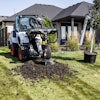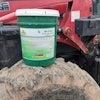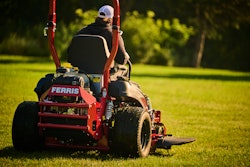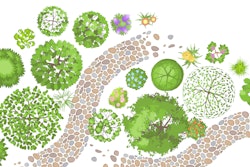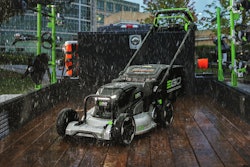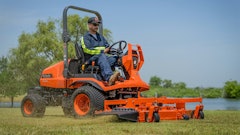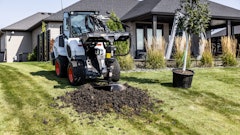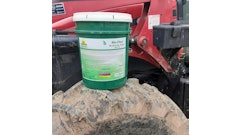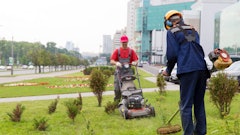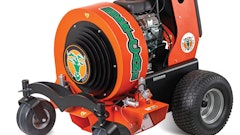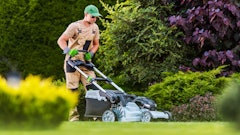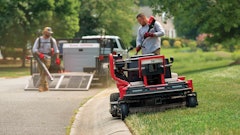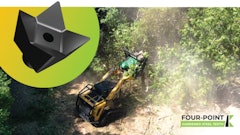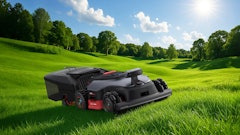
This Earth Day—and throughout April’s Lawn and Garden Month—the TurfMutt Foundation is spotlighting the vital role green spaces play in creating a healthier planet.
“Every day is Earth Day in communities that invest in parks, schoolyards, and backyards,” says Kris Kiser, President & CEO of the TurfMutt Foundation, which has advocated for the care and use of green spaces around us for over 15 years. “These landscapes are environmental powerhouses, helping to cool our neighborhoods, support biodiversity, and improve air quality. We encourage everyone to plant something, step outside, and embrace the nature just beyond their doorstep.”
8 ways managed landscapes help save the planet:
- Cool Down Our Communities – Parks, yards, natural turf sports fields, and green schoolyards help reduce the urban heat island effect.
- Boost Oxygen Production – Trees, lawns, and greenery act as natural oxygen generators.
- Capture Carbon – Turfgrass is an efficient carbon sink, absorbing up to seven times more carbon than is released through maintenance.
- Support Wildlife & Pollinators – Living landscapes provide essential food and shelter for birds, bees, butterflies, and other wildlife.
More on Creating a Healthier Planet
Throw Away the Cord and Reduce Your Carbon Footprint - Battery-powered equipment is taking the lead in the landscape and lawn care industry as professionals are switching from gas and corded electric, to battery-powered equipment.
Sustainable Landscape Construction - There are many ways to have a positive environmental impact on a project during the construction phase. As Nancy Somerville, executive vice president and CEO of the American Society of Landscape Architects (ASLA) points out, significant elements of construction appear within other SITES rating categories, including how companies protect and restore soil and vegetation, and the choices they make when selecting materials.
Tips for Developing Water-Smart Landscaping - Smart-irrigation technologies can go a long way in helping to maintain healthy lawns while conserving water. But there are other things landscape contractors can do in addition.
Defining Sustainable Turfgrass Systems - While turfgrass is a necessity, it can be managed more sustainably. Here's how.
- Improve Air Quality – Vegetation acts as nature’s air filter, trapping dust and pollutants to keep our air clean.
- Reduce Noise Pollution – Plants and trees serve as natural sound barriers, helping to create quieter environments.
- Manage Water Runoff – Landscaping, especially turfgrass, absorbs and filters rainwater, helping to replenish ground water supplies.
- Prevent Soil Erosion – Plant roots help stabilize the soil, reducing erosion and protecting land from degradation.
To help children and families explore the benefits of green spaces, the TurfMutt Foundation offers free lesson plans and activities designed to inspire the next generation of environmental stewards.
Discover more in the TurfMutt Foundation’s International Backyarding Fact Book, and don’t miss Mulligan the TurfMutt on CBS’s Lucky Dog Saturday mornings.

